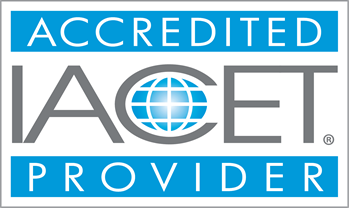Price: $39.99
Supported Scaffold Installer & Remover
Our supported scaffold installer and removal training class will equip the students with the proper approaches to removing, installing, or adjusting supported scaffolds at the construction site. Instructors will educate the participants on OSHA's current policies and the standards of DOB or the Department of Buildings. The Scaffold Installer and Remover Course will also guide employees on safe job site practices in order to help avoid injuries or death.
Course Modules - (20)
Are you looking for a reliable source to get supported
scaffold installer and removal training? If that’s so, your search is over! We
are offering beginner-level supported scaffold installer and removal training
at a very budget-friendly cost. It’s an 8-hour training program that has been
divided into 31 modules for the participant’s convenience.
This course has been made mandatory for a person working
in the construction sector of New York City to remove or install a supported
scaffold. Some major topics that will be covered in our supported scaffold installer and removal
training class will include scaffold components, worker training, why proper
pre-planning is essential, and how to properly read scaffold design drawings.
The thing that sets our course apart is that we allow the participants to
engage in practical activities during which they themselves install and remove
supported scaffolds, tie different types of knots on the rope, and show that
they can use fundamental rigging techniques.
Learning Outcomes:
- Understand safety protocols in the workplace.
- Recognize potential hazards and mitigate risks.
Completion Requirements:
- 100% appearance for the course
- Fully involvement in all class trainings (determined by instructor)
- Completion of Continuing Education and Training Registration Form
- Completion of mandatory quiz assessments
- As applicable, attainment of least passing score on required end-of-course examination
- Participation and submittal of end-of-course assessment form (must provide name on form to obtain credit)
Who Needs Our Supported Scaffold Installer & Remover Training?
Anyone involved in the
construction industry can take our Supported Scaffold
Installer & Remover Training, including scaffold Installers, dismantlers,
supervisors, contractors, site managers, safety personnel, and workers assisting
in scaffold-related tasks.


